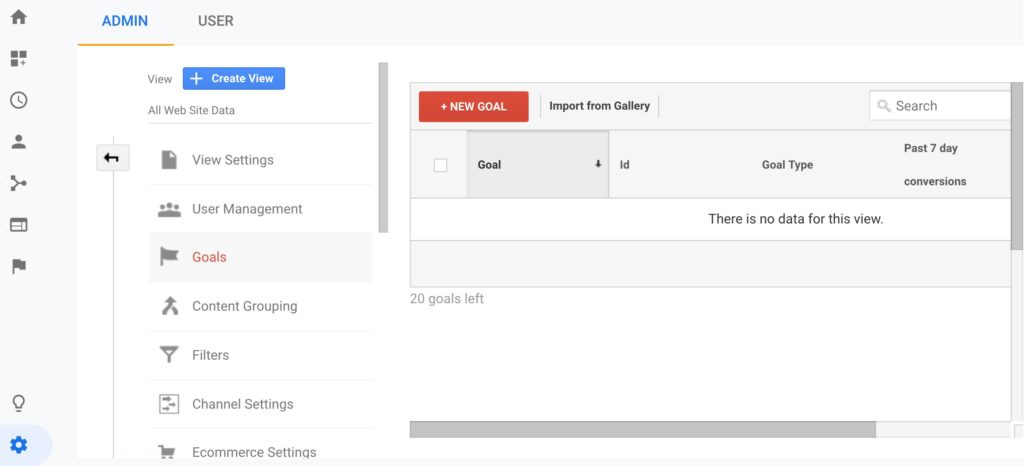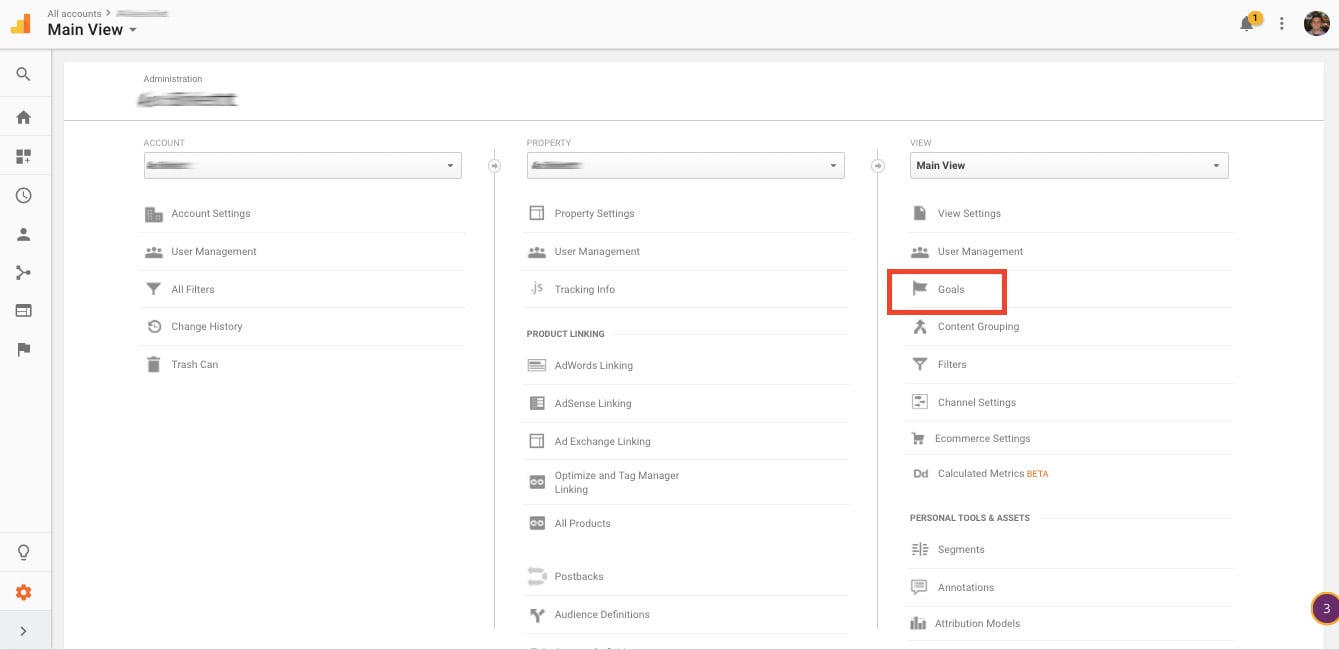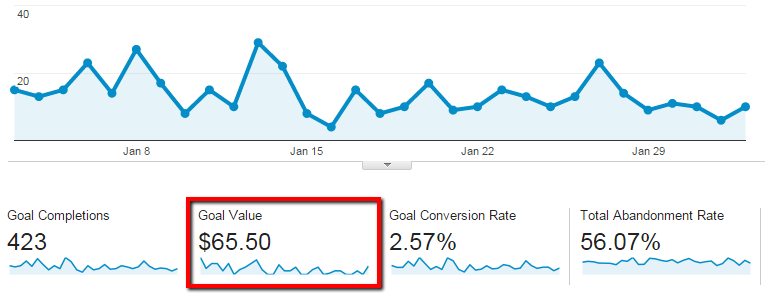Unveiling the Blind Attractions: Recognizing What Google Analytics Goals Can not Determine
In the world of electronic analytics, Google Analytics stands as a powerful device for tracking and evaluating online user communications. Understanding what Google Analytics objectives can not determine is essential for gaining an extensive sight of user behavior and involvement.
User Actions on External Operatings Systems
Understanding just how users connect on external platforms is essential for maximizing online approaches. External systems, such as social media sites networks, referral internet sites, and on the internet discussion forums, play a considerable duty in driving traffic to a business's website. By examining customer behavior on these platforms, organizations can obtain important understandings right into the efficiency of their advertising and marketing initiatives and the preferences of their target market.
One key element of customer behavior on outside systems is the referral source. By tracking where the individuals are originating from, companies can determine which systems are driving one of the most traffic to their web site. This details can help companies designate their sources extra successfully, concentrating on the platforms that generate the very best results.

Offline Communications and conversions
Analyzing user behavior on external systems gives beneficial understandings into on-line approaches; nonetheless, taking into consideration offline conversions and communications is similarly crucial for a thorough understanding of a firm's total performance. While Google Analytics excels at tracking online communications, it drops brief in catching the complete customer trip that commonly includes offline touchpoints. Offline conversions, such as in-store acquisitions or phone inquiries, play a substantial duty in lots of companies' success. Ignoring these communications can lead to a distorted view of the performance of advertising and marketing campaigns and total service performance.

Attribution Beyond Last Click
When delving into the world of electronic marketing analytics, it becomes important to look beyond the single touchpoint of the last click for a much more thorough understanding of attribution. While Google Analytics provides important understandings right into customer behavior, relying entirely on last-click acknowledgment can be limiting - what data is google analytics goals unable to track. Attribution designs that exceed the last click offer a much more nuanced view of the client trip, considering all the touchpoints that cause a conversion
Acknowledgment beyond the last click allows marketing professionals to designate credit history to various communications along the conversion course, providing a clearer picture of the effectiveness of various advertising and marketing channels. By exploring multi-touch attribution models such as straight, time degeneration, or position-based attribution, businesses can much better designate their advertising budget plans and maximize their approaches for maximum impact.
Recognizing the impact of each touchpoint in the conversion process is critical for making notified decisions and taking full advantage of ROI. By embracing acknowledgment beyond the last click, organizations can get deeper understandings into consumer behavior and tailor their marketing efforts better.
Cross-Device and Cross-Browser Monitoring

Similarly, cross-browser tracking matches cross-device tracking by capturing user habits as they change in between various internet internet browsers. Recognizing exactly how individuals connect with websites on various browsers can help online marketers enhance their on the internet experiences to guarantee consistency and capability across different platforms.
Qualitative Data and User Intent
Understanding individual intent with qualitative data analysis is vital for creating targeted electronic advertising and marketing approaches that reverberate with the needs and preferences of the target audience. Qualitative data provides understandings right into the 'why' behind individual actions, shedding light on inspirations, feelings, and choices that quantitative data alone can not capture. By assessing customer comments, remarks, and communications, marketing professionals can discover important information about customer intent, enabling them to tailor their messaging, material, and offerings to better Full Article align with what their target market is seeking.
Qualitative data additionally assists in understanding the context in which customers involve with a web site or Get the facts app. This contextual understanding enables marketing experts to produce more tailored and appropriate experiences, eventually driving greater interaction and conversion rates. By diving into customer intent through qualitative data analysis, organizations can acquire a much deeper understanding of their target audience, leading to a lot more effective advertising and marketing strategies that meet individuals' expectations and requirements.
Final Thought
In final thought, Google Analytics goals have limitations in determining customer behavior on exterior platforms, offline conversions, attribution beyond last click, cross-browser and cross-device tracking, and qualitative information associated with individual intent. what data is google analytics goals unable to track. It is vital for companies to be mindful of these dead spots in order to supplement their information analysis with various other devices and methods to get an extra extensive understanding of their target market and boost their total electronic advertising approaches
By analyzing individual habits on these systems, businesses can acquire valuable insights into the efficiency of their advertising and marketing initiatives and the preferences of their target audience.
Evaluating individual habits on outside systems gives valuable insights into online techniques; however, taking into consideration offline conversions and communications is just as necessary for a thorough understanding of a company's overall efficiency.In electronic advertising and marketing analytics, moving beyond last-click attribution to explore cross-device and navigate to this website cross-browser tracking is important for acquiring an alternative understanding of individual communications throughout numerous platforms and devices. By evaluating user feedback, remarks, and communications, marketers can discover useful info about user intent, permitting them to customize their messaging, material, and offerings to better align with what their audience is seeking.
By diving right into individual intent through qualitative information evaluation, companies can gain a deeper understanding of their target audience, leading to more effective advertising and marketing approaches that satisfy users' demands and assumptions.